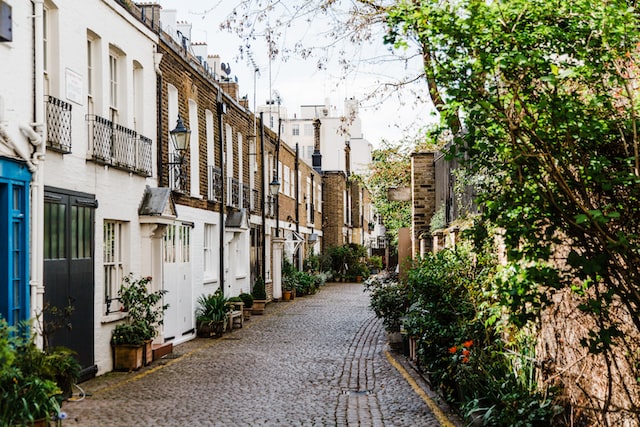The First-tier Tribunal (‘FTT’) case of Sexton & Sexton v HMRC was about Stamp Duty Land Tax (‘SDLT’). But it is perhaps most interesting for its relation to Capital Gains Tax (‘CGT’) Private Residence Relief.
The taxpayers bought a leasehold interest in a flat in the Royal Borough of Kensington and Chelsea. As is not uncommon in that part of the world, ownership of the flat brought with it entitlement to make use of a private communal garden. Legally that was an easement over the garden – itself an interest in land.
It was argued on behalf of the taxpayers that the easement was not ‘residential property’ – and therefore that, their purchase being one of mixed residential and non-residential property, the non-residential rates of SDLT applied.
The FTT disagreed. The main subject-matter of the transaction was the flat. That was plainly residential property. The easement fell to be subsumed within it and ignored for the purposes of calculating the rate of SDLT, because it was appurtenant to the leasehold interest in the flat.
Alternatively, if it was correct, as argued on behalf of the taxpayer, that the main subject-matter of the transaction had to be treated as comprising two legal interests (the flat and the easement) one had to consider whether the easement itself was also ‘residential property’.
‘Residential property’ is defined by the law to include (inter alia):
- Land that is or forms part of the garden or grounds of a dwelling; and
- Any right over land that subsists for the benefit of a dwelling.
The FTT thought it clear that the easement was precisely a right over land that subsisted for the benefit of the flat and was therefore ‘residential property’. The taxpayer had sought to read in a requirement that, to fall within the definition, a right had to benefit only the dwelling in question.
The FTT had two answers to that. For one thing, the FTT could find nothing in the definition to suggest that a right fell outside it if it also subsisted for the benefit of other land. And in any event the easement in question here benefitted the Sextons’ flat and no other; the fact that owners of other flats might have identical easements over the communal garden was neither here nor there.
Not altogether a surprising decision on SDLT. So where’s the CGT angle?
It’s this. The FTT considered that the communal garden did not form part of the garden of the flat: there had to be ‘some kind of link’ between the garden and the flat for the garden to be the garden ‘of’ the flat, and – without saying what link was sufficient – the FTT opined that there was insufficient link in the present case. That sits uneasily with HMRC’s long-held (and, we think, plainly correct) view of the circumstances in which land physically separated from a dwelling may be considered to be its garden for the purposes of CGT ‘Main Residence’ relief:
If the facts show that land which is physically separated from the residence is naturally and traditionally the garden of the dwelling-house and it would normally be passed on as such on conveyance, relief should be allowed. For example, in some villages it is common for the garden to be across the street from the dwelling-house. This separation should not be regarded as a reason for denying relief if it can be shown that the land was naturally and traditionally the garden and grounds of that house.
For help on SDLT and CGT aspects of gardens (but probably not for advice on where best to plant your brassicas) please get in touch with your usual BKL contact or use our enquiry form.


